In the final hours of Christmas Day, the sun fired off four solar flares within less than three hours.
The biggest flare of the series, recorded at a M7.3, erupted from sunspot region AR3938 on Dec. 25 at 10:15 p,m. EST (0315 GMT on Dec. 26). Solar flares are ranked and categorized by their power on a 4-level classification scale, with M-class the second strongest to the beastly X-class at the top.
According to Spaceweather.com, this was part of a group of four different flares that happened within two and a half hours coinciding with three sunspot regions — AR3938, AR3933, and AR3936. In footage of the sun taken during time period, it looks like the lights twinkling on and off on a Christmas tree.
This same active show on the sun can be seen in images captured by the National Oceanic and Atmospheric Administration (NOAA)’s Solar Ultraviolent Imager (SUVI) aboard its Geostationary Operational Environmental Satellite (GOES-16).
These types of synchronized blasts are referred to as sympathetic solar flares, and are a very rare phenomenon. When these explosions happen at practically the same time from different sunspot regions, they are actually intertwined and do not fire off on their own. This can occur when the sunspots are spaced far away from each other but are still linked by magnetic loops that are invisible to the eye.
As always, the big question when solar flares occur is if we will have any effects from the sun’s explosions here on the Earth (which for space lovers, would be another opportunity to see auroras).
According to the Thursday morning discussion from forecasters at NOAA’s Space Weather Prediction Center (SWPC), at this time it appears the coronal mass ejection (CME) that resulted from the M7.3 flare is predicted to miss our planet just to the north. CMEs are supercharged plasma bubbles that get hurled off into space following powerful solar flare eruptions.
Sscientists remain confident that the sun will remain active through the end of the year with these active regions. All is takes is just one powerful flare to send a CME our way that could bring a late Christmas gift of auroras before the clock strikes 12 on New Year’s Eve.
.png)
 1 week ago
21
1 week ago
21

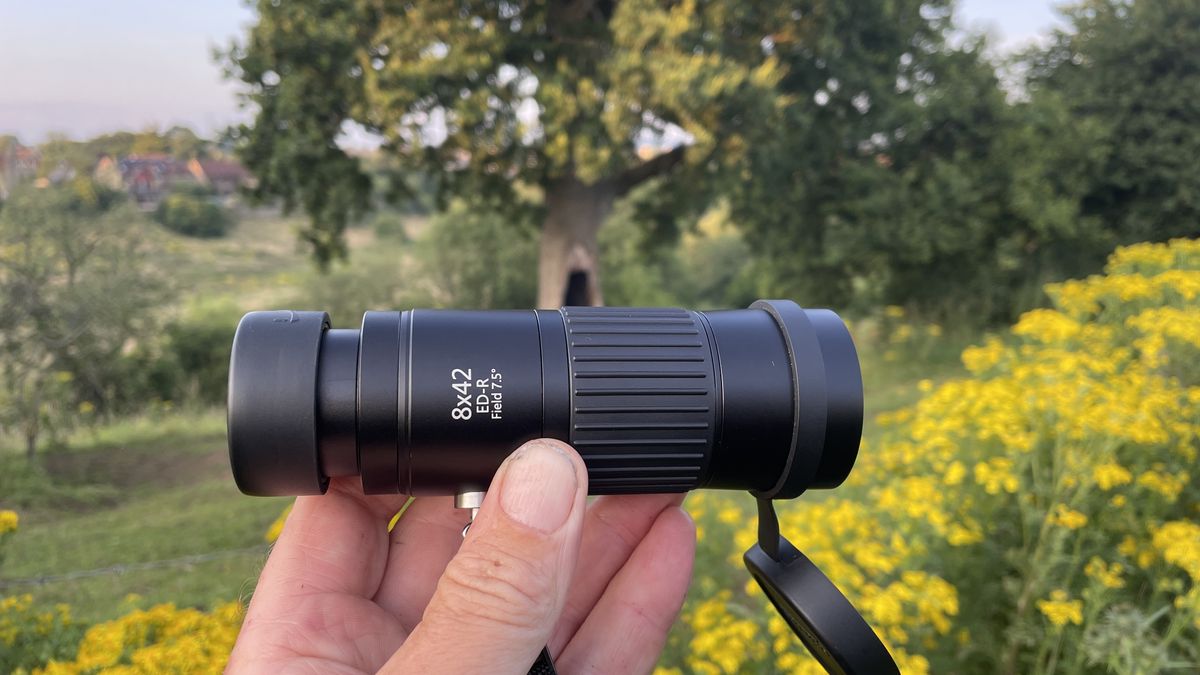
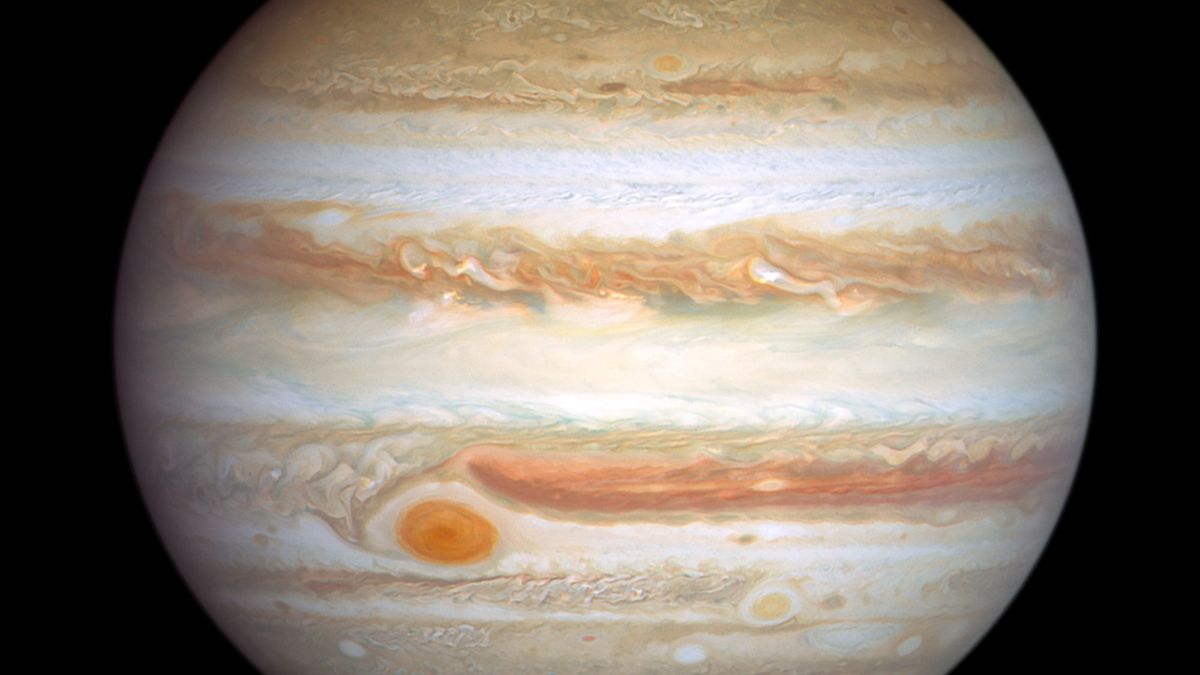

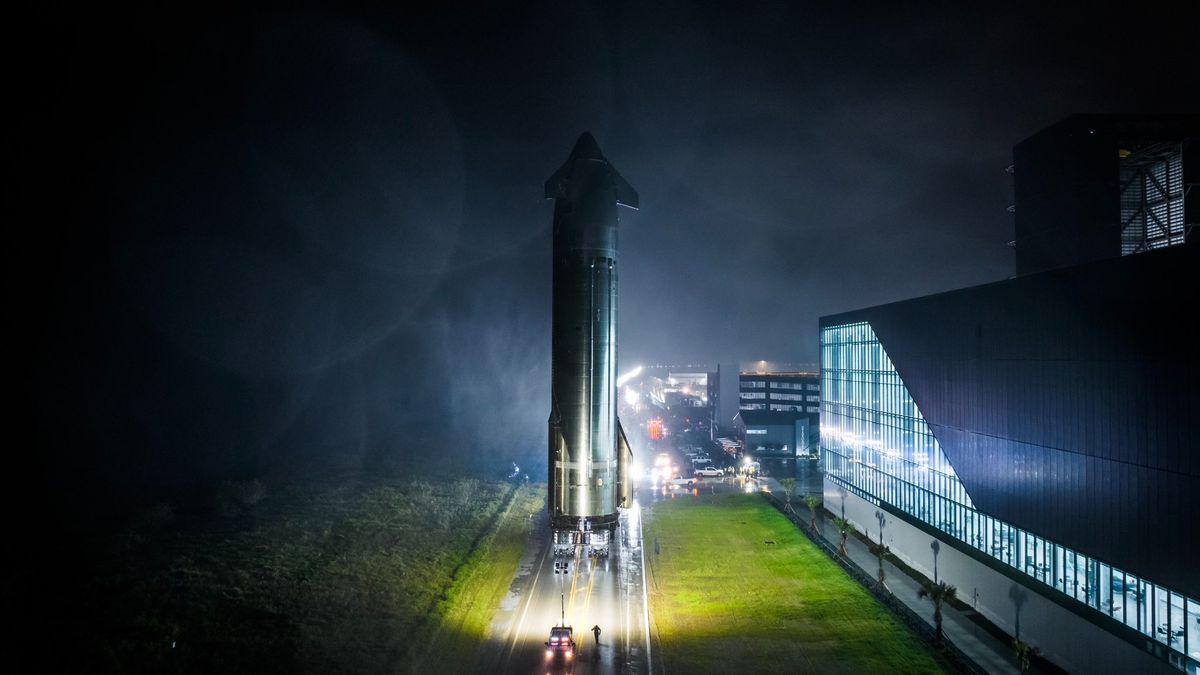
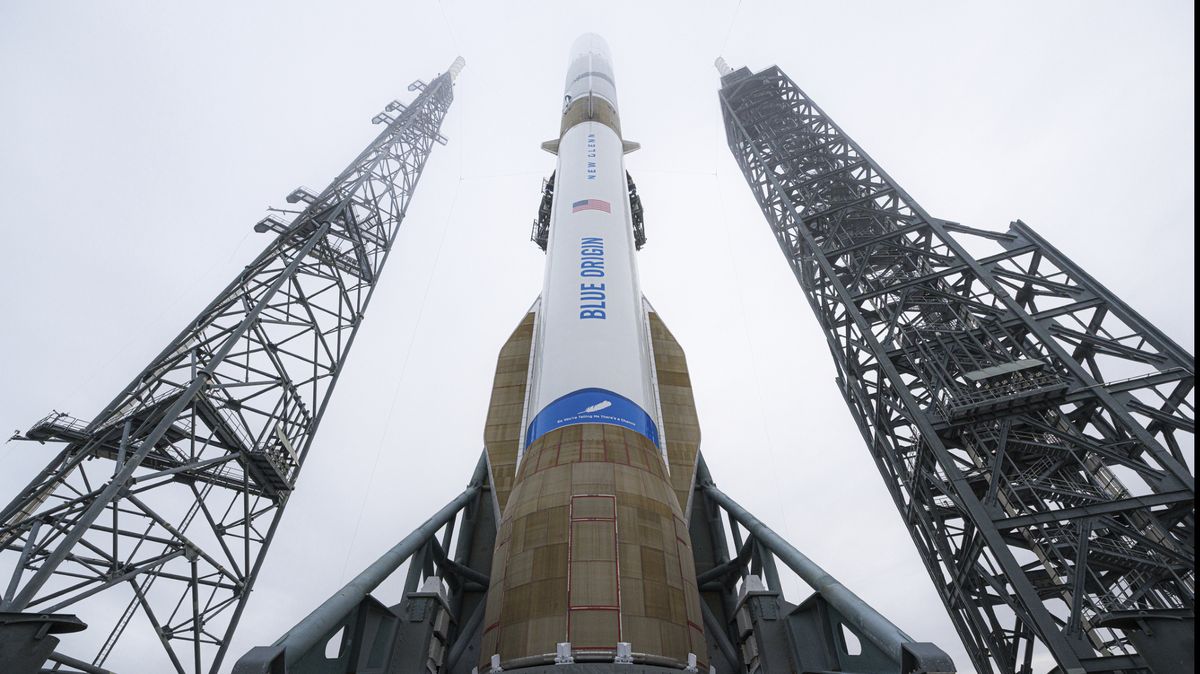
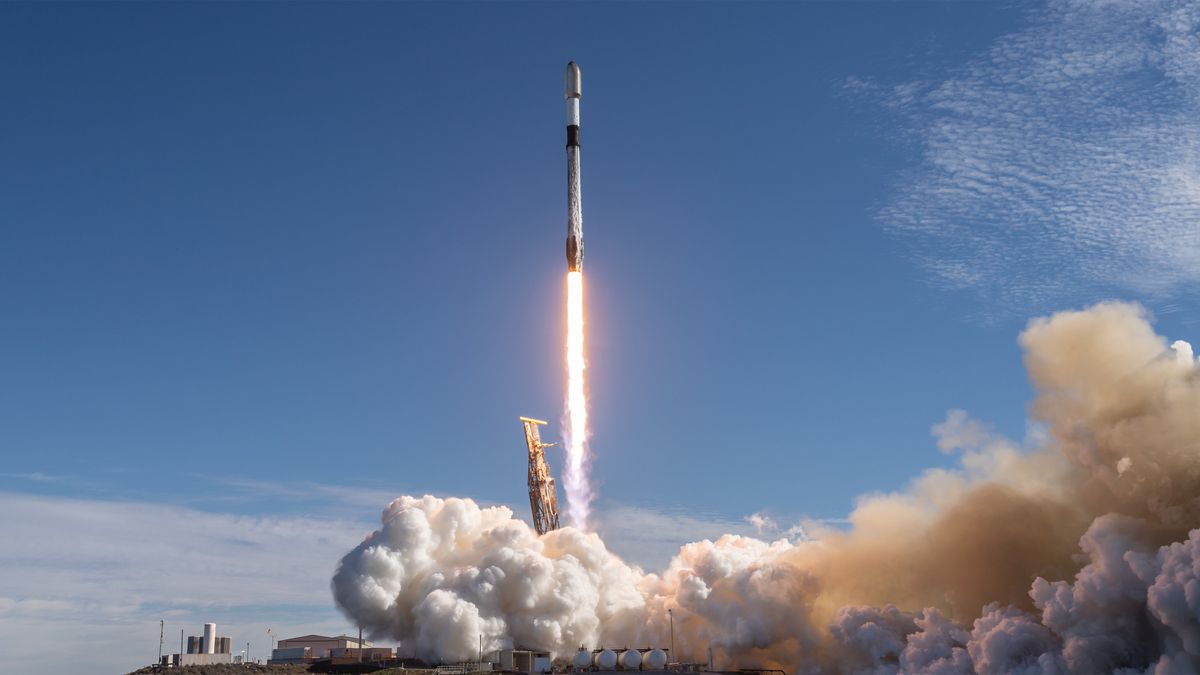
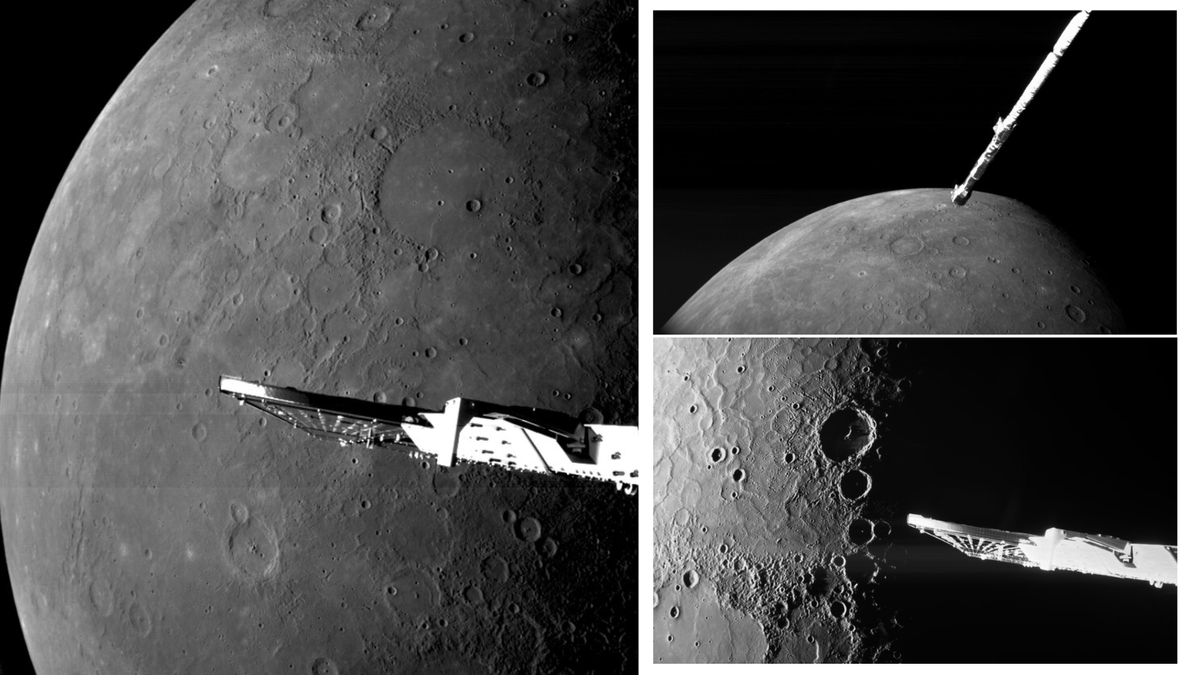
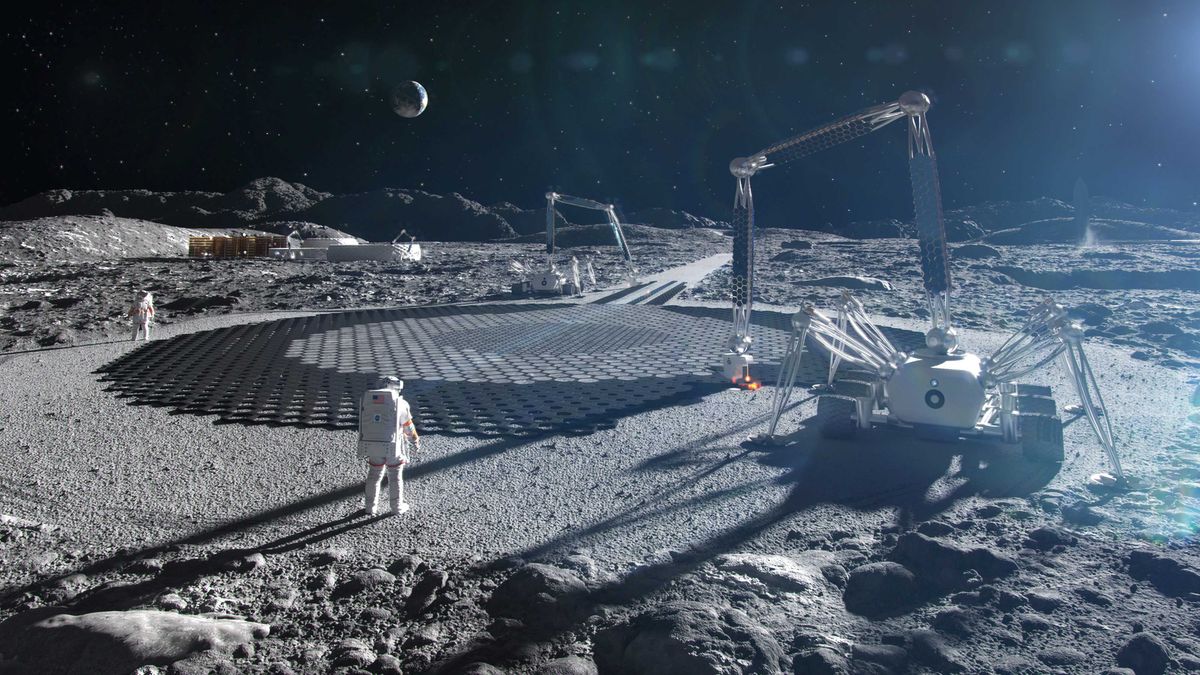
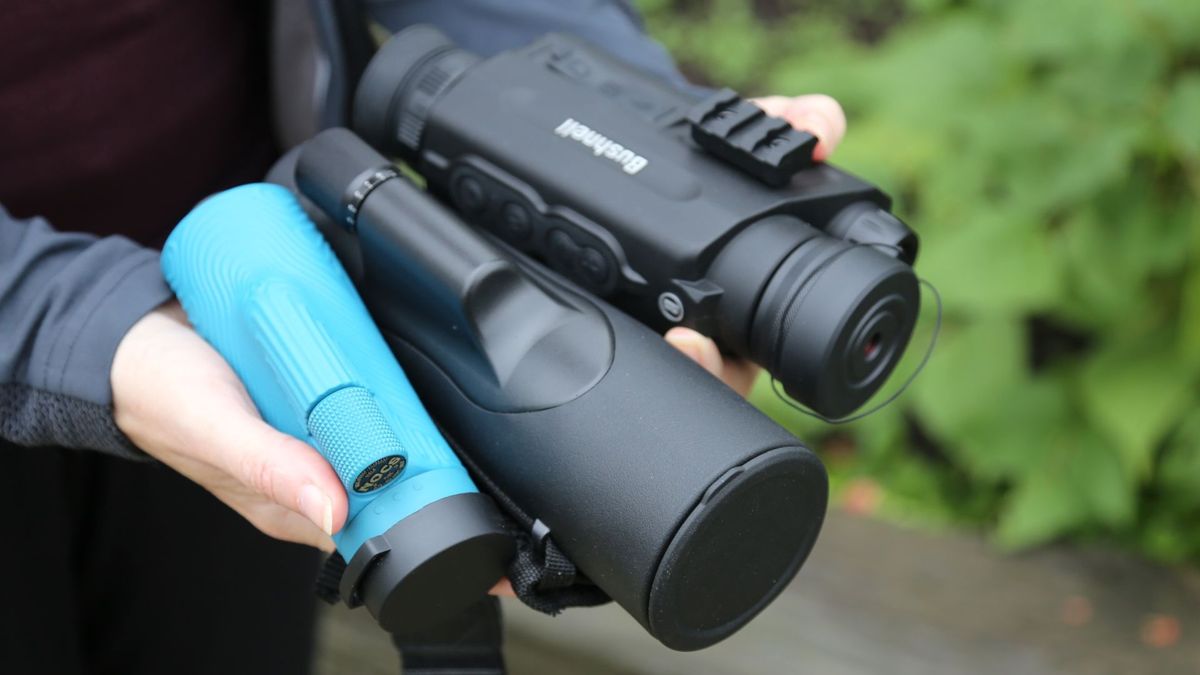
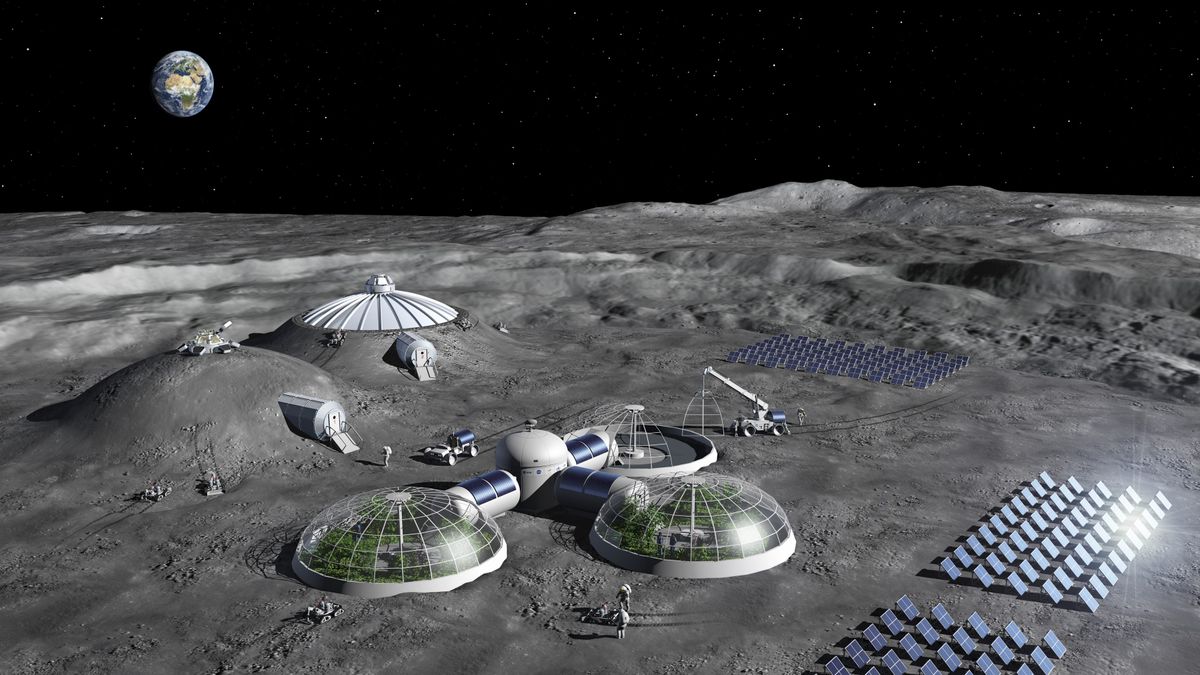
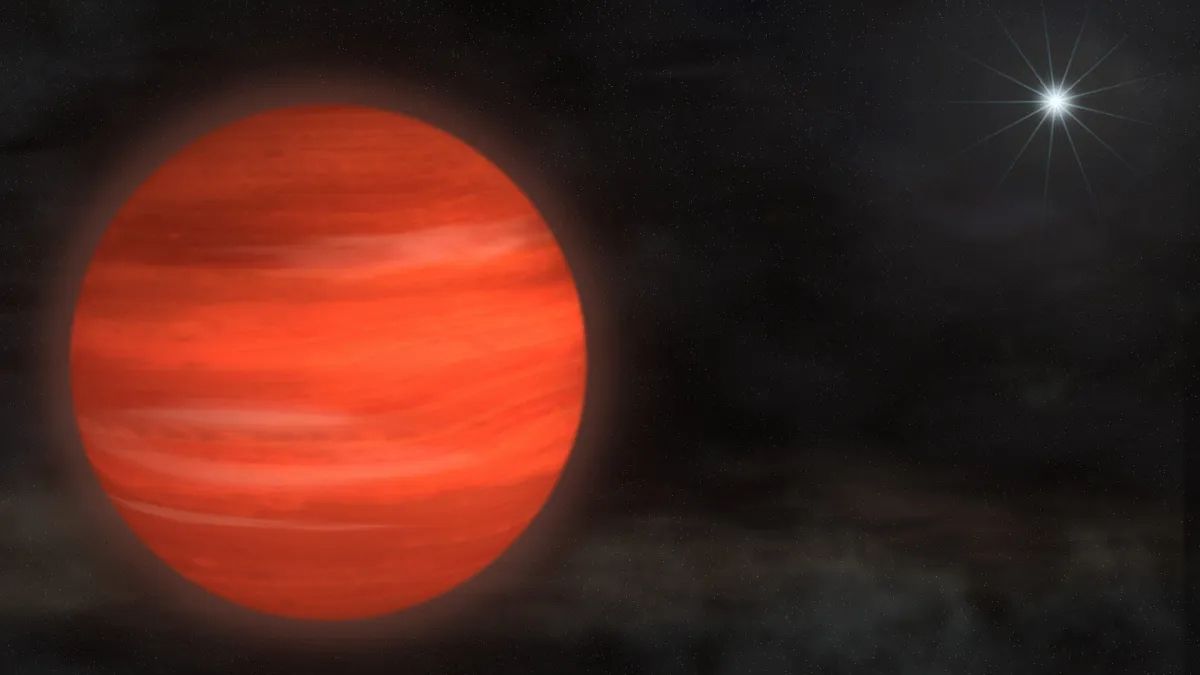






















 Bengali (BD) ·
Bengali (BD) ·  English (US) ·
English (US) ·